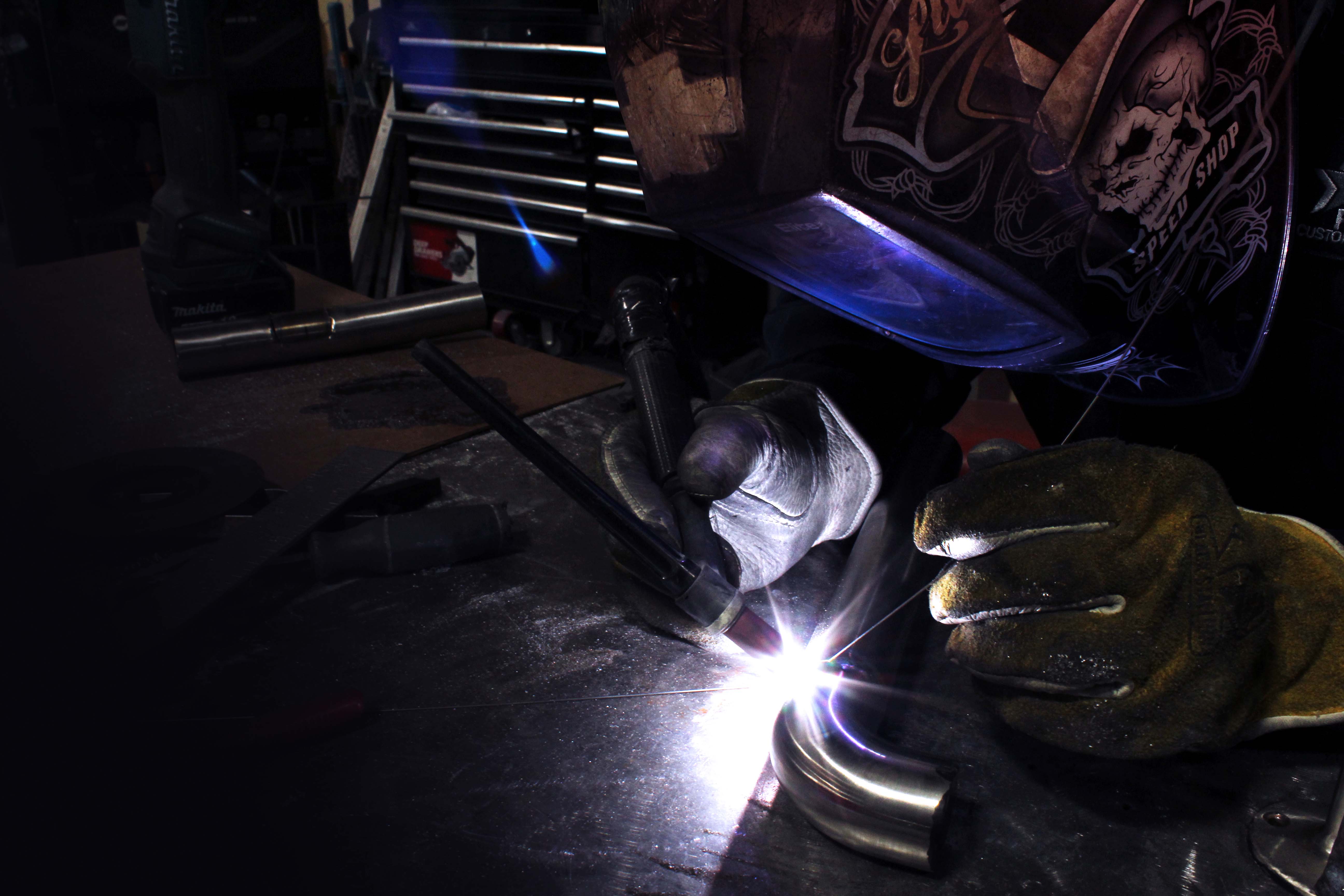


Welding is the process by which two or more pieces of metal are joined by heat or pressure. The pieces are melt welded or a filler material can also be added. When this material melts, it forms a puddle between the pieces to be welded, which becomes a fixed joint when cooled. This joint is stronger than the base material and is called a bead. The welded joint needs protection to prevent contamination or rust.
Now that you know what the general welding process is, you have to take into account that there are different types depending on the result you want to obtain. Below we tell you what some of the most common types of welding in the industry consist of and their characteristics.
Types of welding and their characteristics
Welding MIG (Metal Inert Gas) – MAG (Metal Active Gas)
MIG-MAG welding is so named because it depends on the gas injected. It is carried out by arc under protective gas with a consumable electrode. The arc is formed by an electrode made up of a conductive wire and the pieces, are protected by an inert or active gas, depending on whether it is a MIG or MAG welding. It is more used than the other types of welding and easier to learn.
TIG welding (Tungsten Inert Gas)
TIG welding uses the heat generated by an electric arc that strikes between a tungsten electrode and the part to be welded. This process causes the joint area to fuse the metal. It can also be worked without filler or by adding it with a consumable wire. This type of welding is of very high quality and can be compared to oxyacetylene gas welding.
Arc welding (SMAW)
Arc welding, or SMAW, is the most basic of all types of welding and the easiest to learn. In this kind of welding, a potential difference is produced between the electrode and the parts to be welded. The heat generated by the electric arc melts the end of the electrode and the metal of the piece. It is often used for construction and manufacturing and is typically used on metals 4mm thick or more. If the metal is thinner it is recommended to use MIG welding.
Powered by Froala Editor